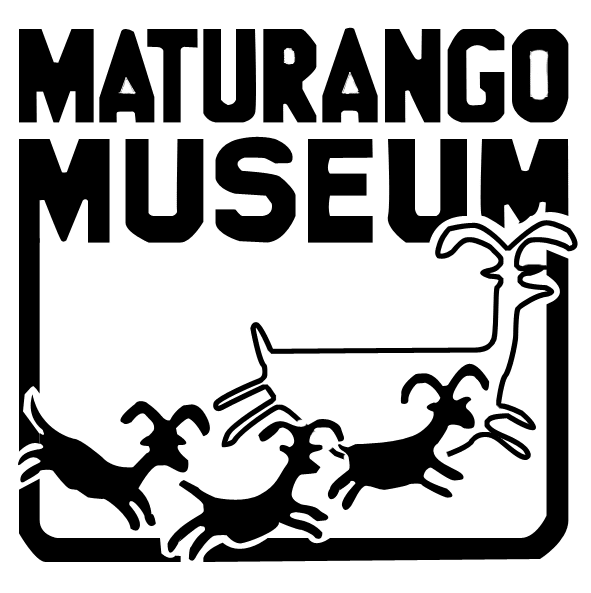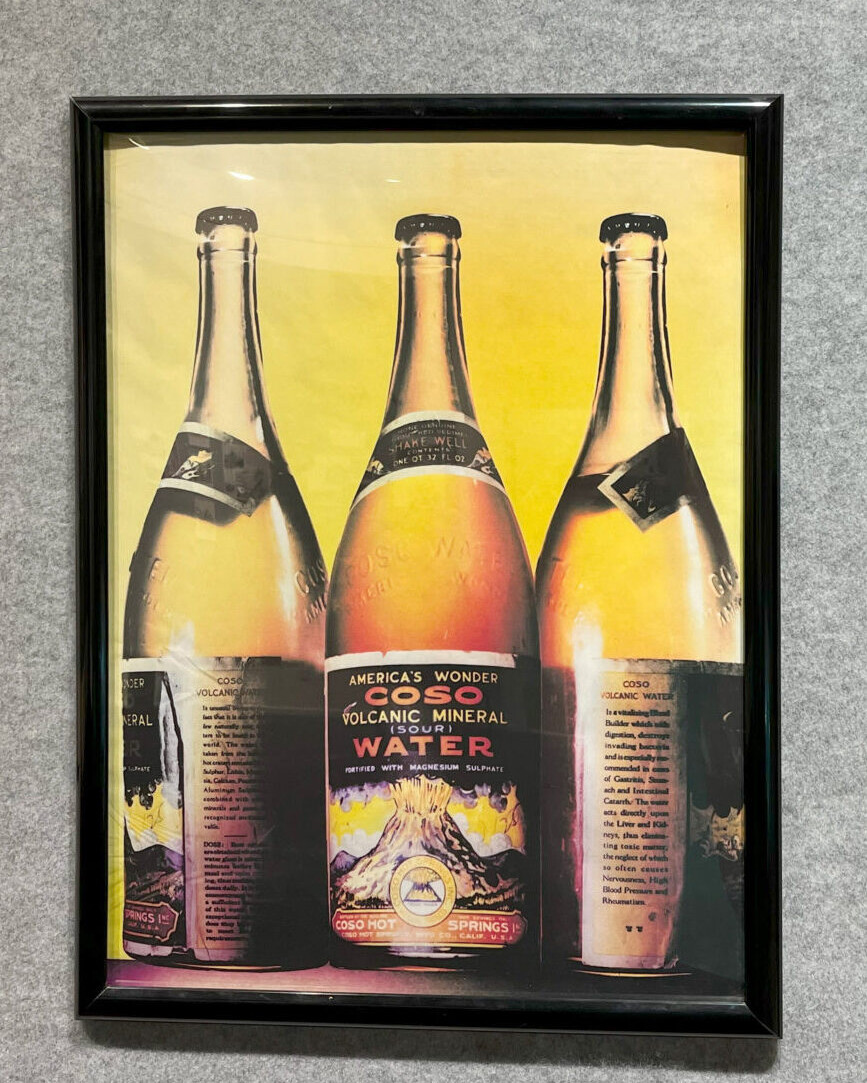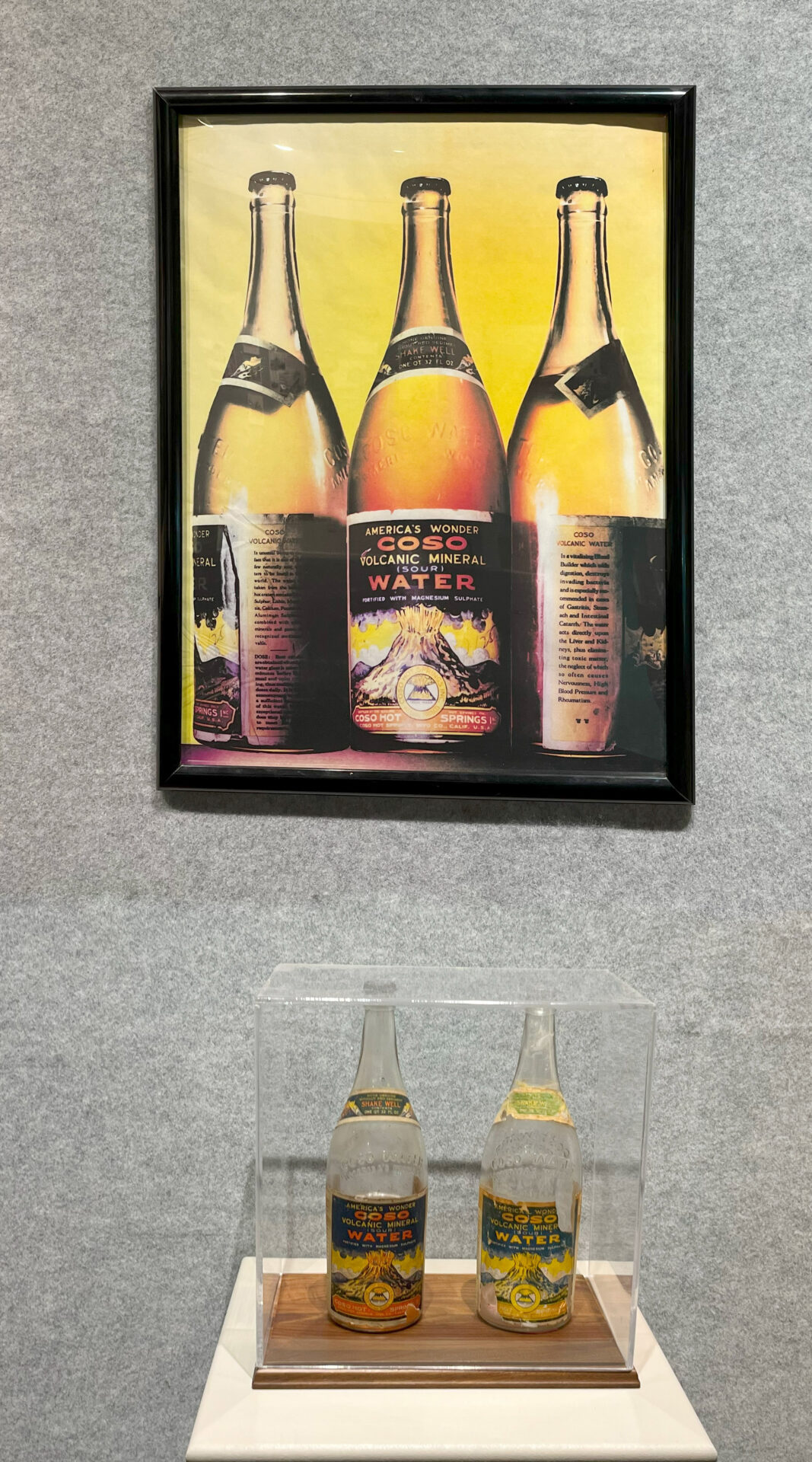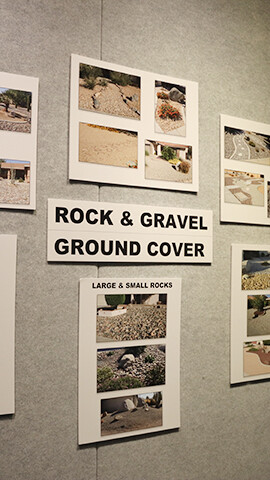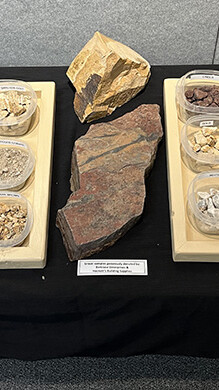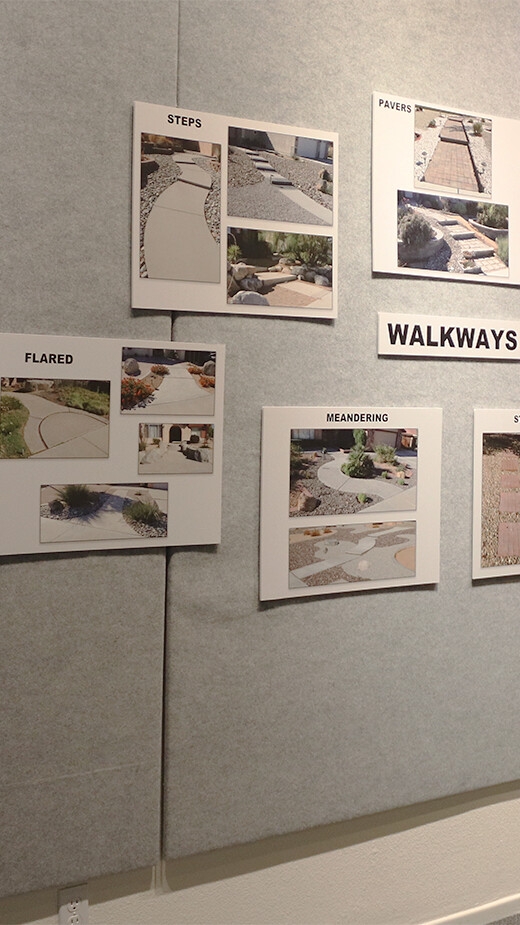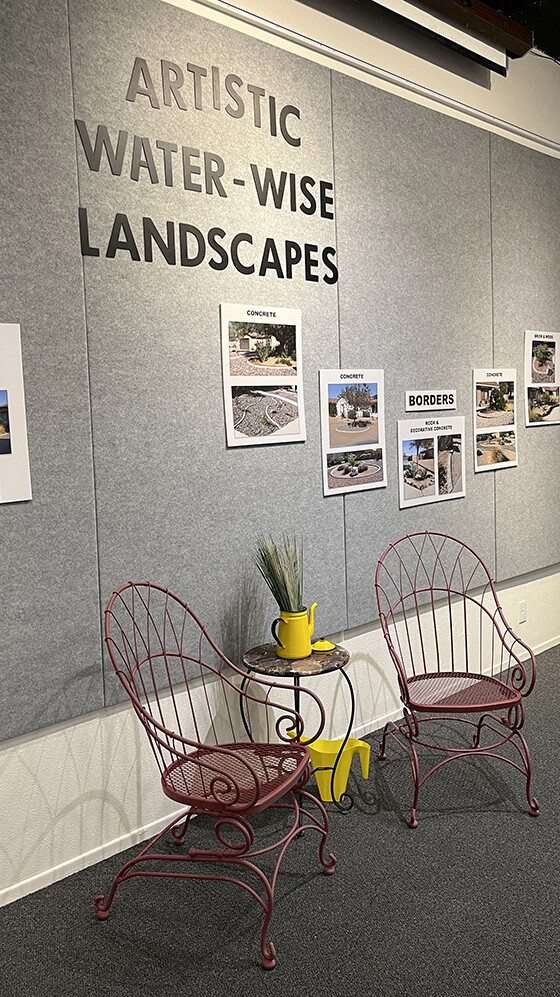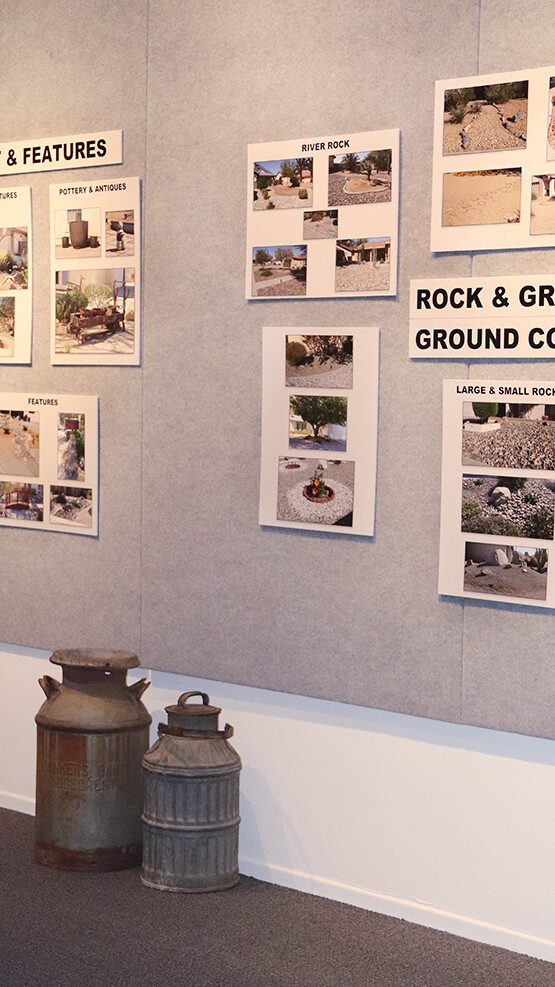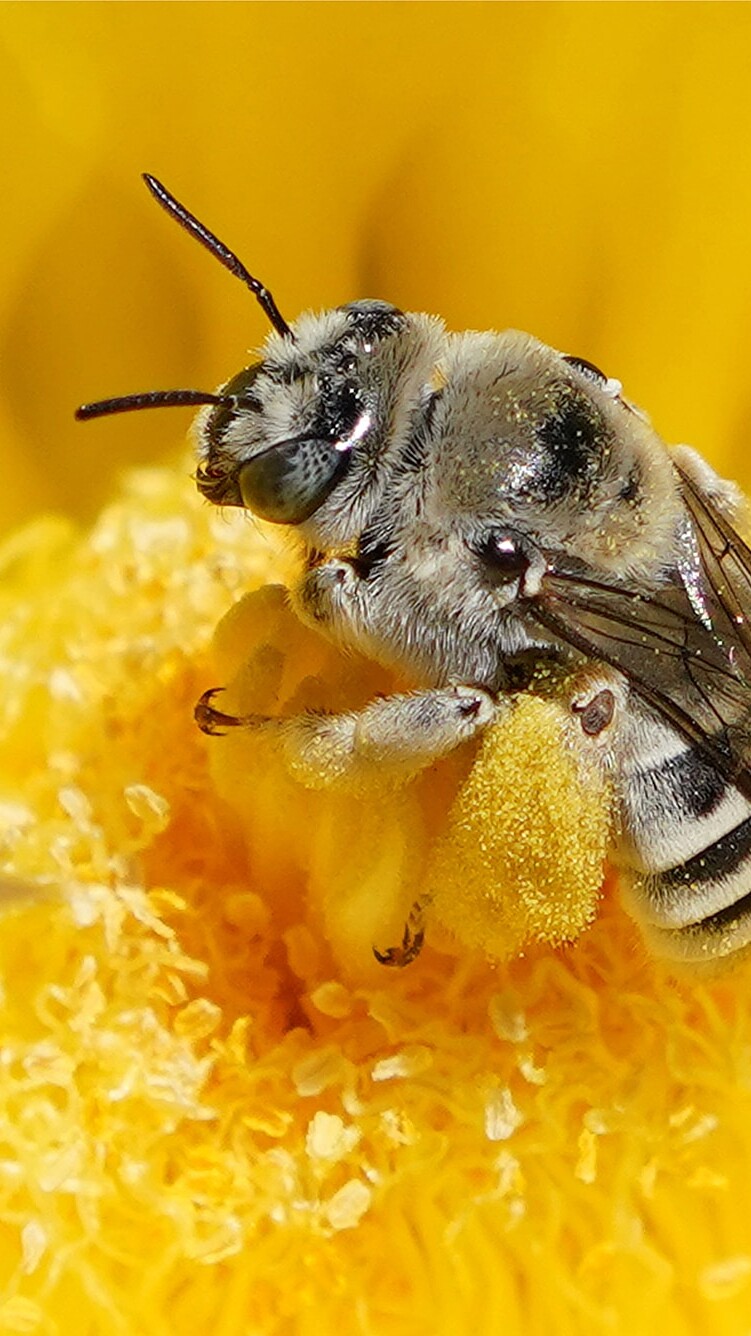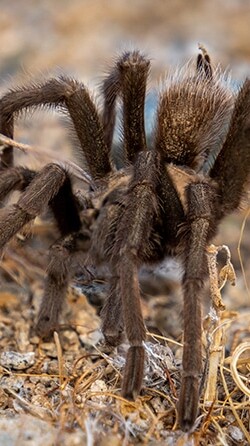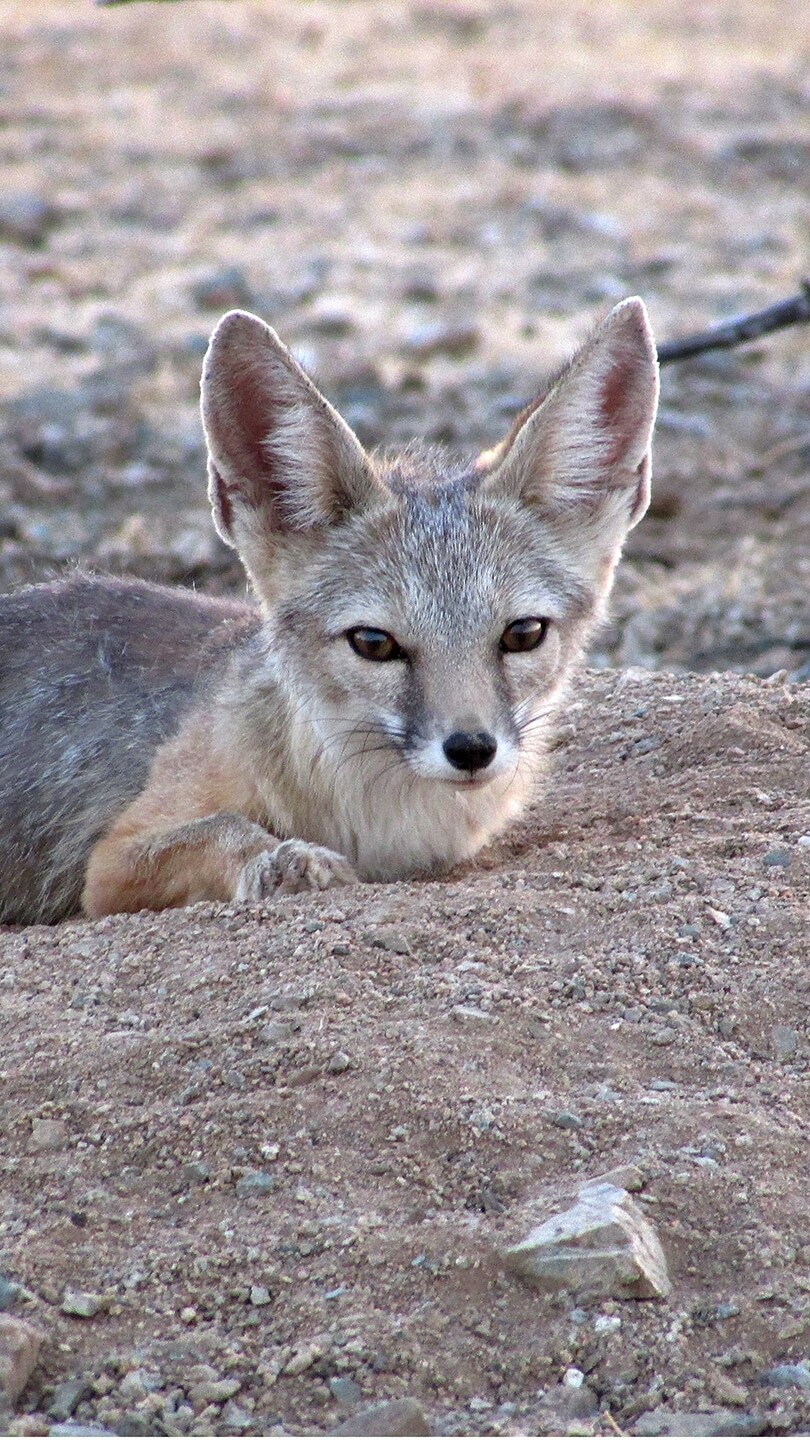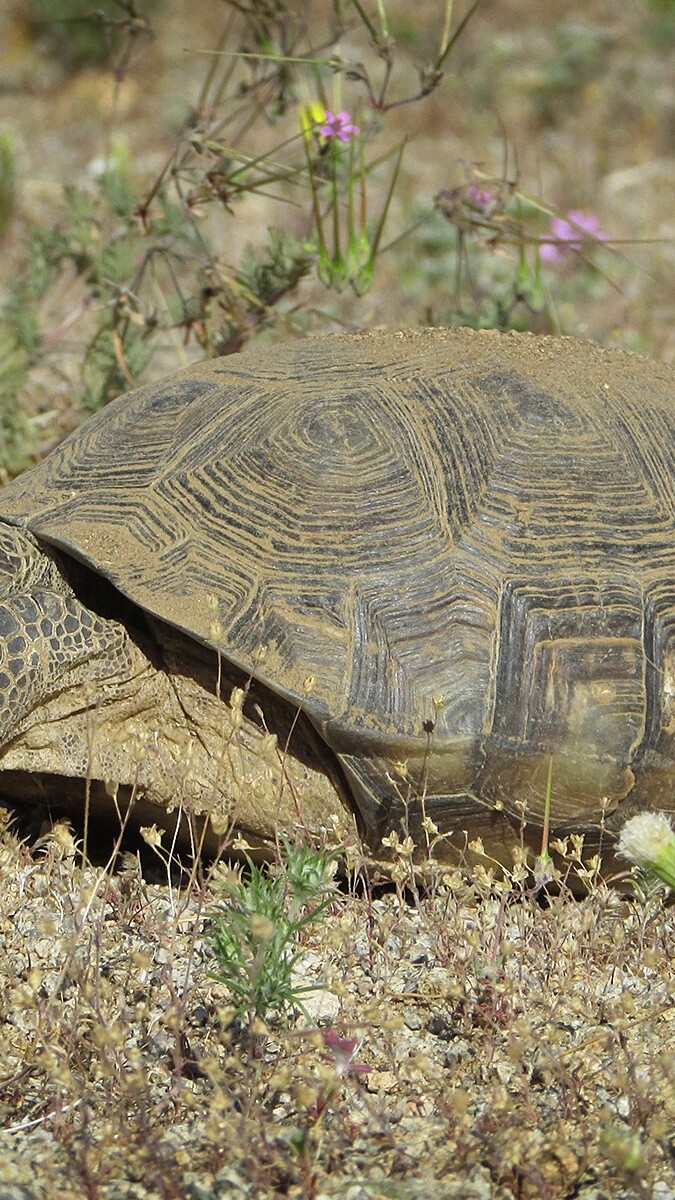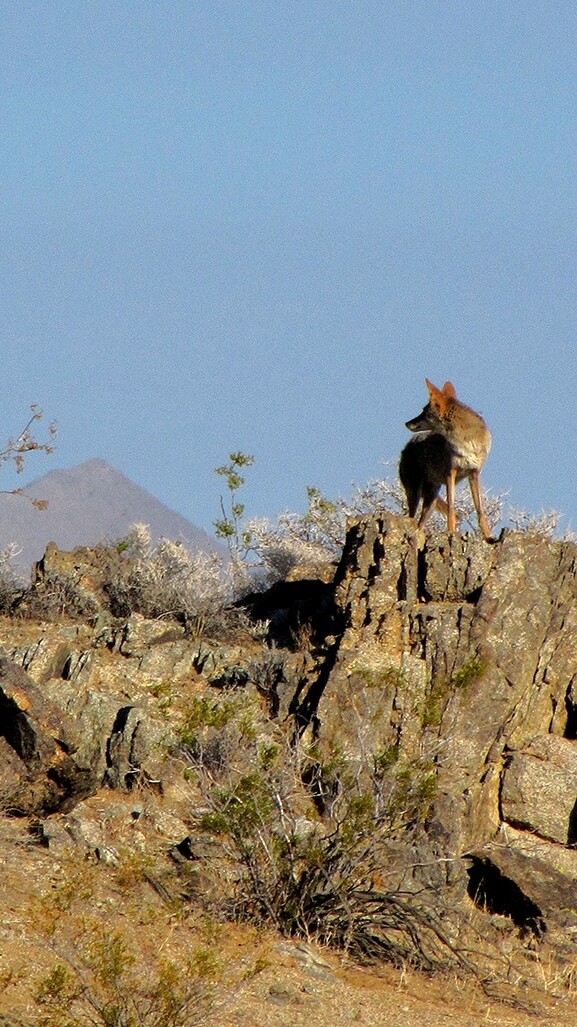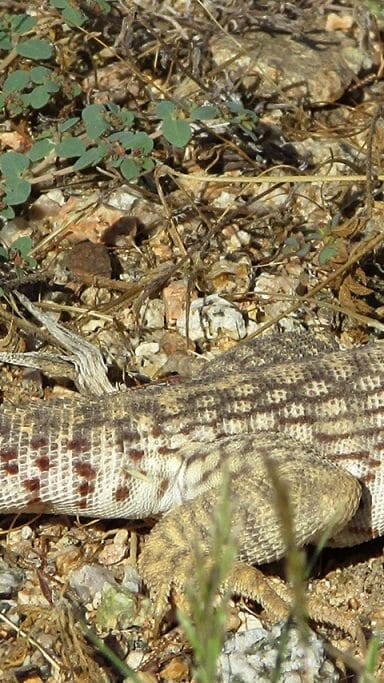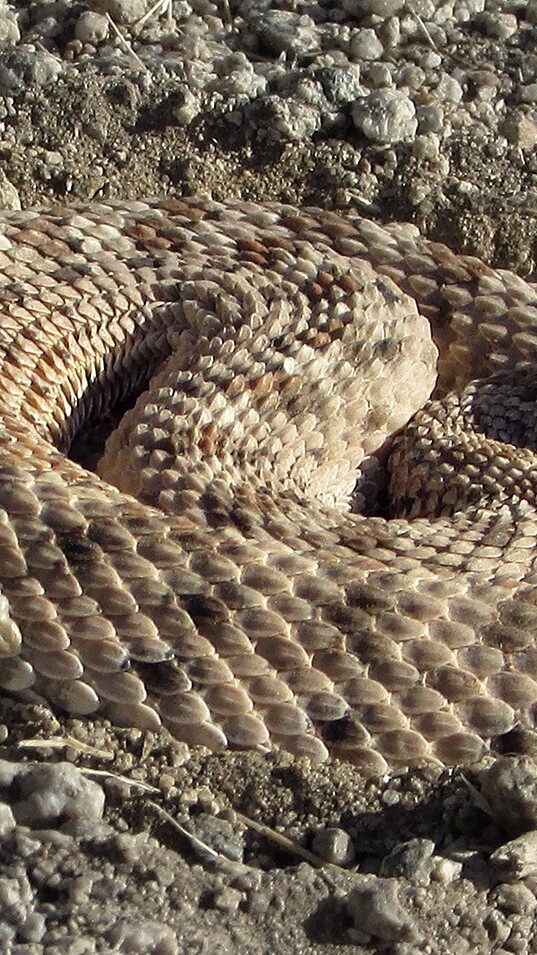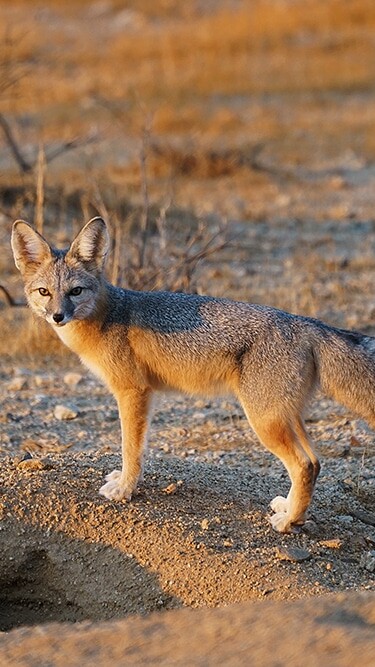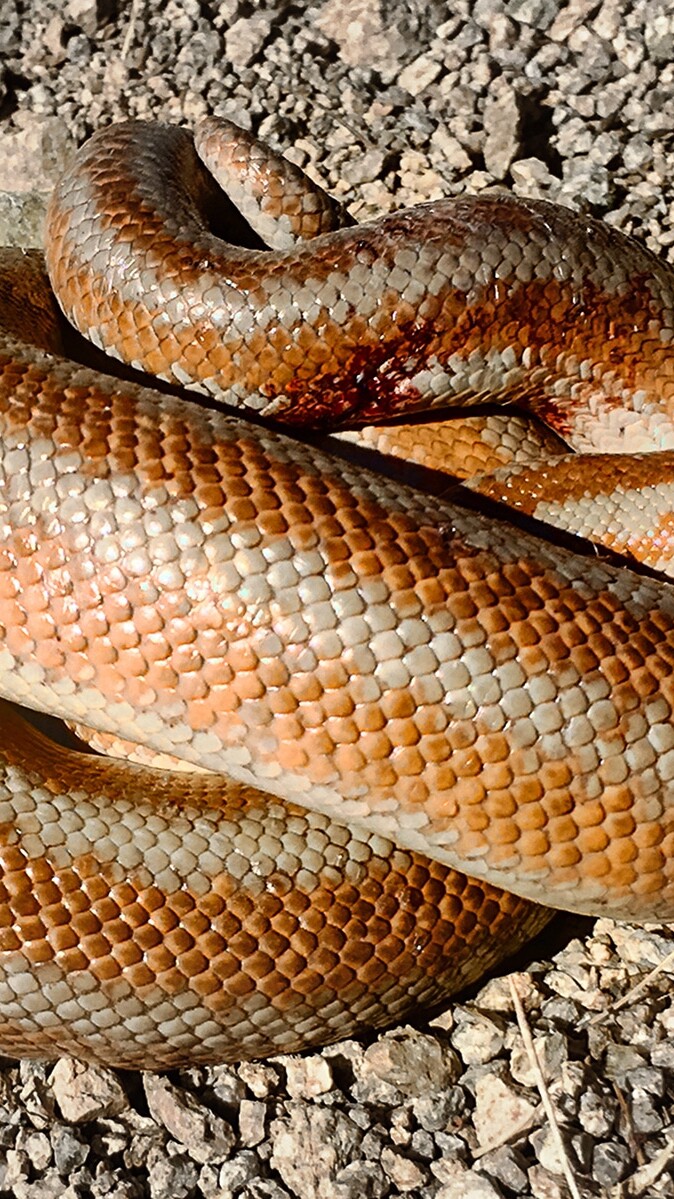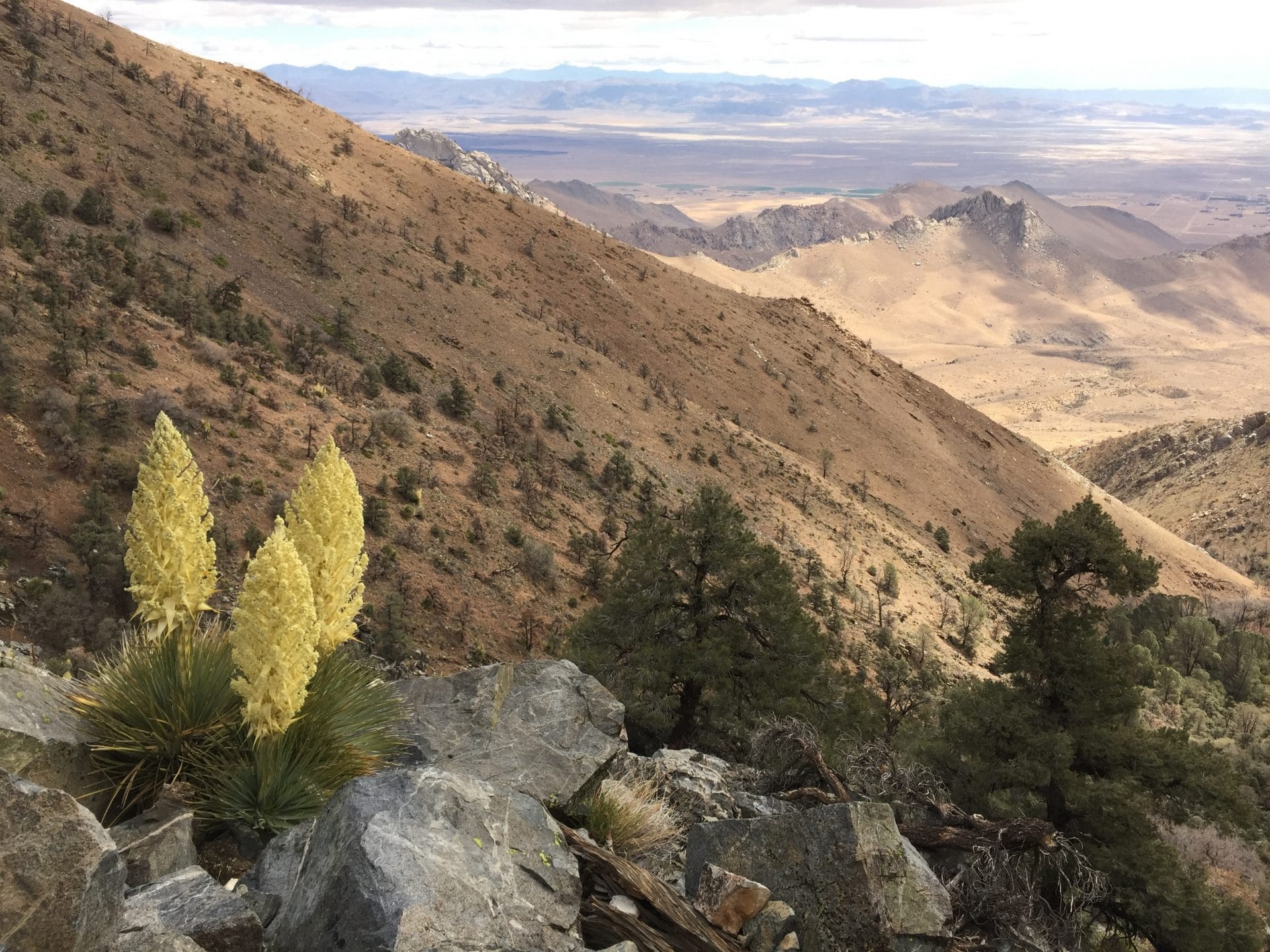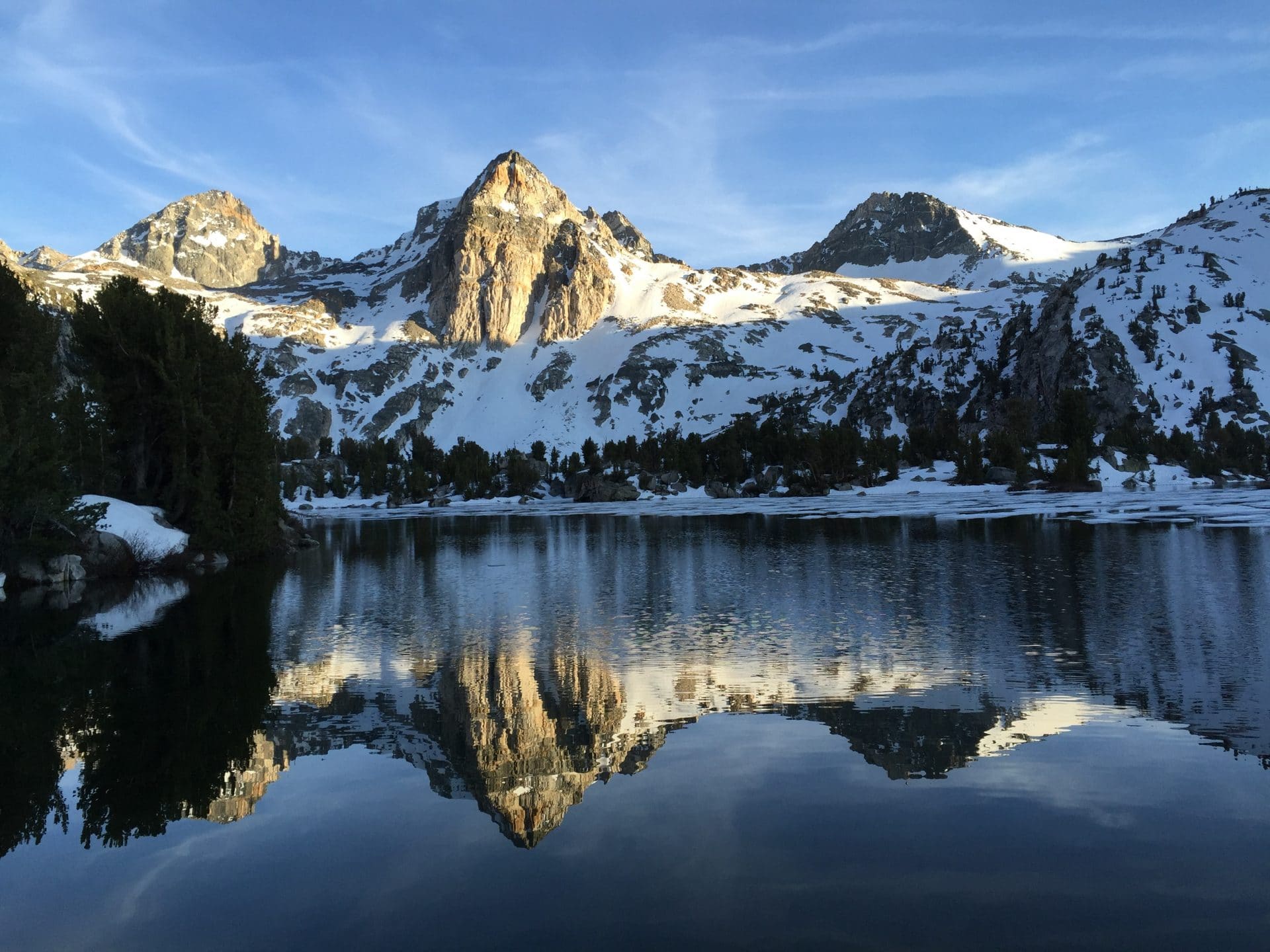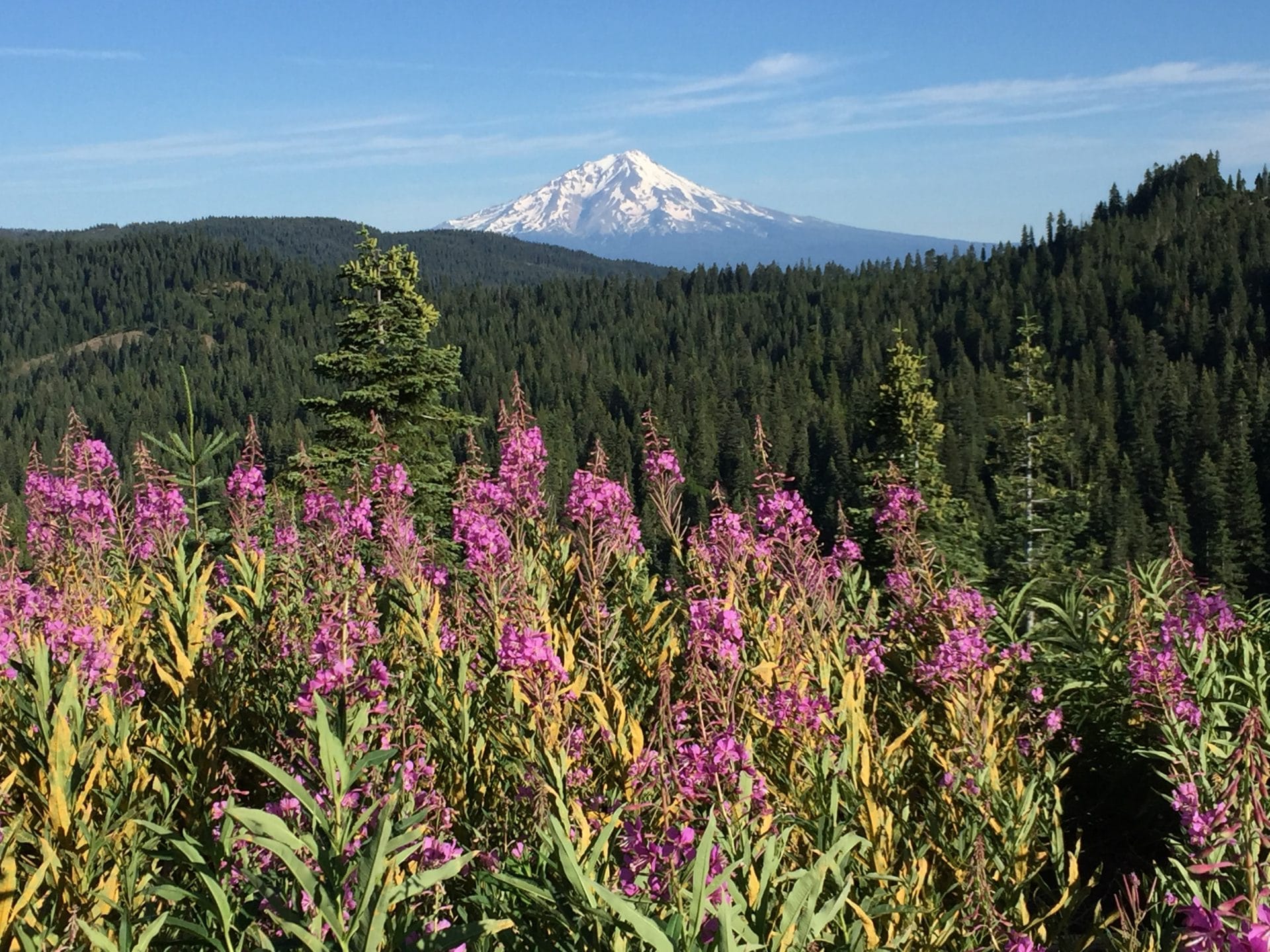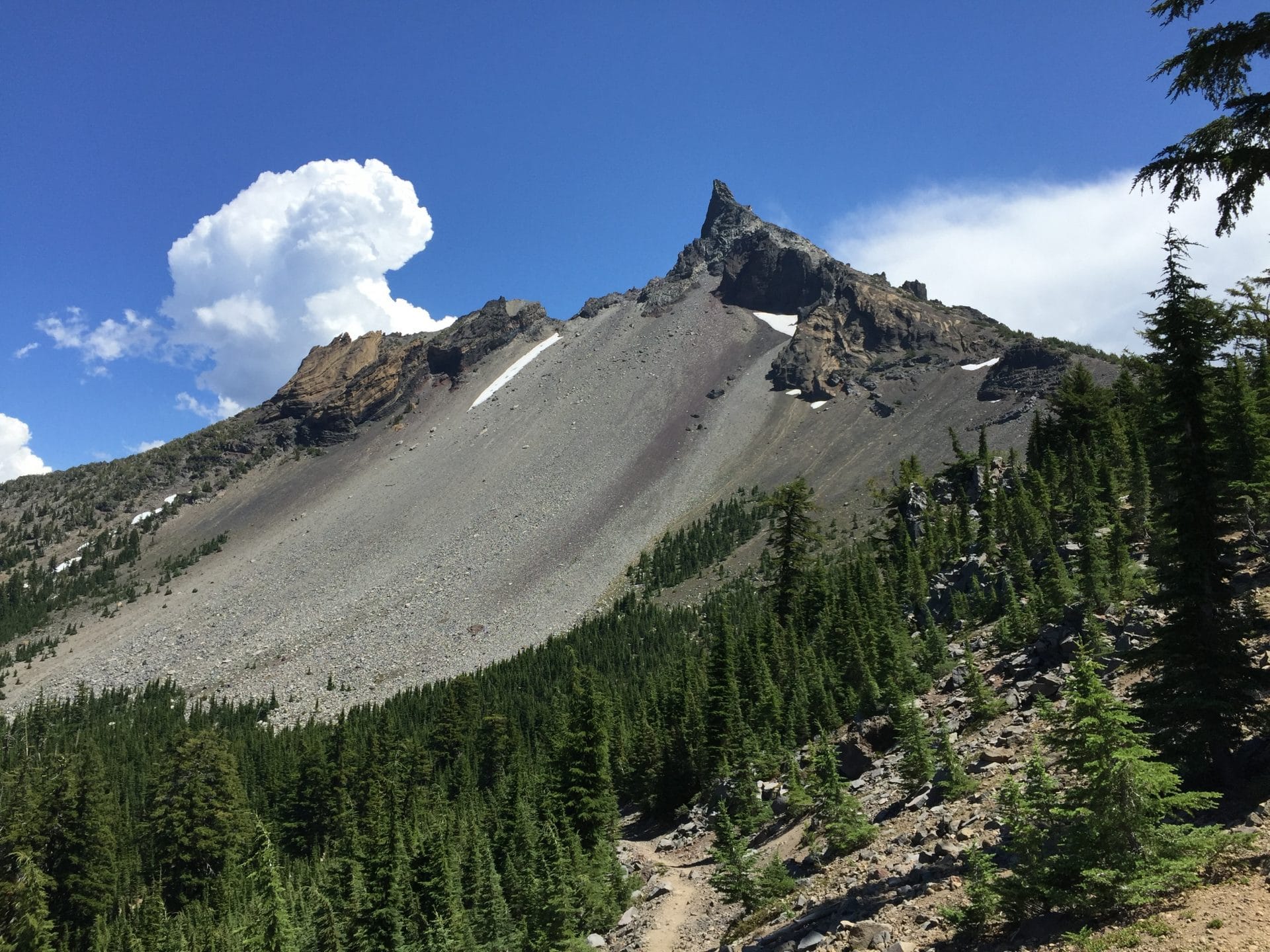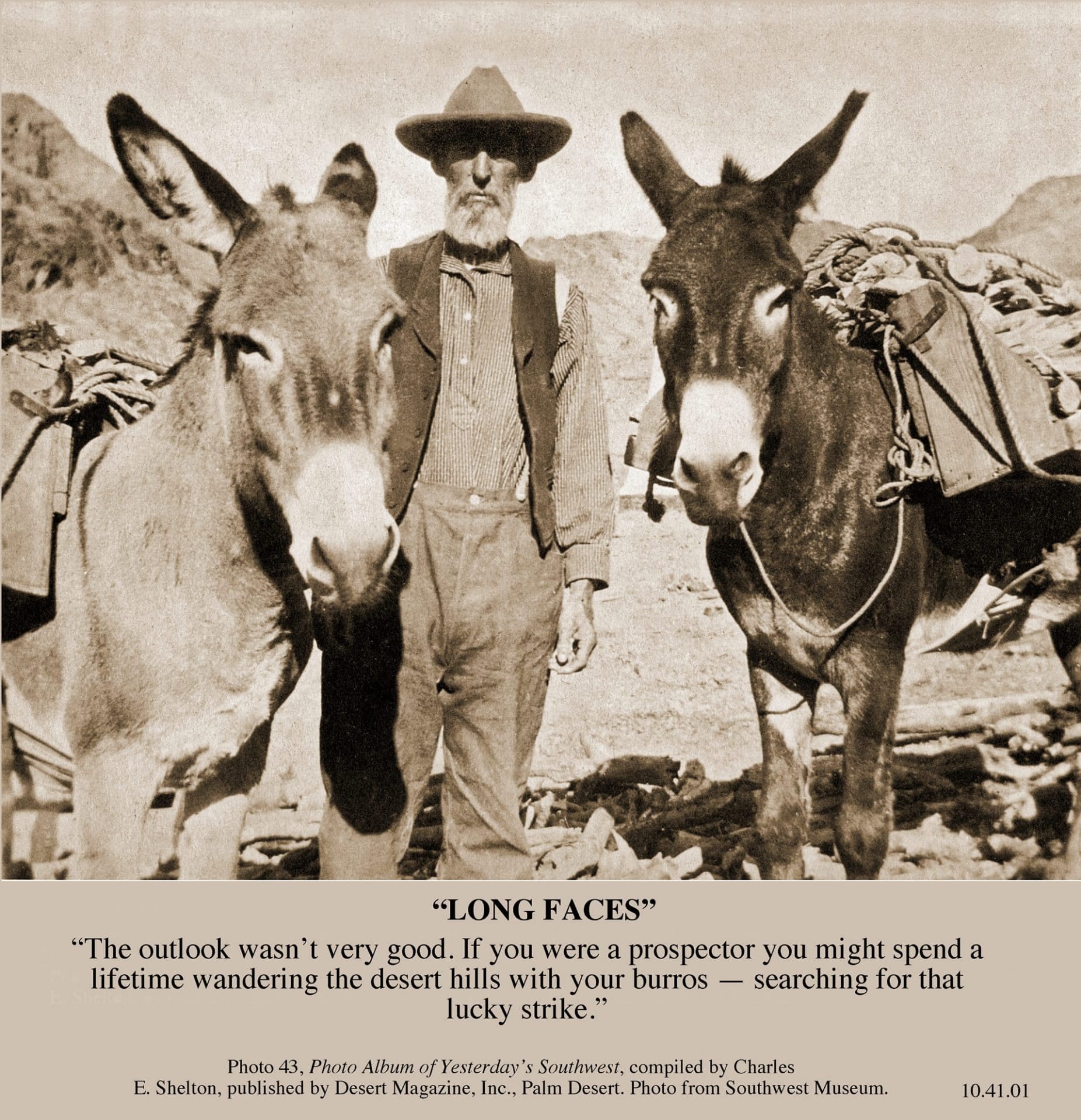The Sylvia Winslow Gallery
The Sylvia Winslow Gallery provides a flexible space that can be used for the following:
- Visually pleasing art exhibits with correct lighting
- Meetings
- Concerts
- Docent activities
Current Exhibit
Glimpses Through Time
The exhibit in the Sylvia Winslow Gallery titled, “Glimpses Thru Time”, starts with informal boards of the construction (1908-1013) of the Los Angeles Aqueduct. The aqueduct construction attracted many workers to the eastern sierras. Once the Nevada and California Railroad (now the Southern Pacific) lines were established, Brown (Railroad Siding #18) became a construction camp for the Los Angeles Aqueduct and grew in population to between 2,000 and 3,000 people. A post office was established in 1909, and the town of Brown drew in business and homesteaders. The aqueduct workers left the area in 1913 after the completion of the aqueduct and the population dwindled to 50 in 1920.
Further north toward Little Lake, are the Coso Hot Springs. Long before people of European descent came to the Indian Wells Valley, local Shoshonean tribes used the bubbling mud and highly mineralized waters of Coso Hot Springs for therapeutic purposes. By the early 20th century, a health resort was flourishing there. In the 1920s the water was bottled and billed as the “finest in the world for arthritis, rheumatism, sinus, stomach ulcers, asthma, acute gastritis, and all kidney and liver ailments.” Today, the Coso Operating Company leases the land from the Navy and produces about 145 net megawatts of power to Southern California Edison.
This current exhibit, “Glimpses Thru Time”, combines a small fraction from previous historical exhibits created by the museum’s former History Curator, Liz Babcock. Over Liz’s 13 years as History Curator, she created and displayed over 15 different historical exhibits for the Maturango Museum. For this current exhibit, we bring back the popular “Town of Brown” exhibit and add informal boards from the “Aqueduct”, “Coso Hot Springs” and “Early Indian Wells Valley” exhibits. The time period is the early 1900s.
Past Exhibits
Artistic Water-Wise Landscapes – May 15 – October 31, 2023
By Nick Panzer and Elaine Wiley
This exhibit showcases photographs of landscapes here in Ridgecrest that use a variety of techniques to minimize the use of water in an artistic and pleasing way. These techniques shown in this exhibit give the viewer artistic ideas of how to create a more water-wise and pleasing landscape through the use of gravel, pavers, block, concrete, river rock, decomposed granite, and artwork.
“Artistic Water-Wise Landscapes” is supported in part by the Arts Council of Kern.
Rademacher Hills Wildlife
It’s all about the animals that live in the Rademacher Hills. Photographs by local Nick Panzer and fellow hikers showcase the animals they’ve encountered on their daily hikes in the Rademacher Hills located south of Ridgecrest. With camera in pocket, these hikers are always prepared to photograph any animal that they come across whether it be a snake, lizard, bird, insect, spider, tortoise, rabbit, kit fox or coyote. Over the years, this group built up quite a selection of photographs capturing over 40 different species – enough photographs to cover the walls of the Sylvia Winslow Gallery. The wonderful photographs along with the interesting facts about each species make this exhibit both fun and educational.
Rademacher Hills Wildlife Video Presentation
Pacific Coast Trail
In 2018, the Maturango Museum hosted a photographic journey of the Pacific Crest Trail (PCT) which runs from the Mexico-United States border to the Canadian border for a distance of 2650 miles. Many adventurous hikers travel this trail – some traveling the full distance in a single season and others hiking portions of the trail over many years. Whichever way one decides to hike the trail, the views and terrain are spectacular along all the 2650 miles.
Many PCT hikers stop by Ridgecrest to get supplies, rest and shower. Some of those visit the museum while in town. Two locals, Bob and Susan Steele, both photographers and naturalists, hiked the PCT in 2016 taking photographs with an iPhone as they traveled. The Steeles allowed the museum to print selected photographs of their journey in order to provide museum visitors a glimpse of what one can see on the PCT.
Always One More Chance
Mining in the upper Mojave desert was quite common in the late 1800s and early 1900s. Gold, silver, copper and tungsten were all mined within 30 miles of Ridgecrest. The desert is marked by many mounds of tailings and many large and deep holes. Needless to say, miners sometimes left tools, mining claims, explosive boxes, mining pans and cooking equipment behind. In 2019, the museum’s mining artifacts were on display in the Sylvia Winslow Gallery along with mining photos and paintings of local mining sites. This eclectic blend of mining artifacts and art was titled, “Always One More Chance” a common thought for the miners looking to strike it rich.
